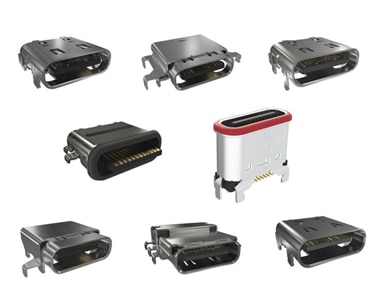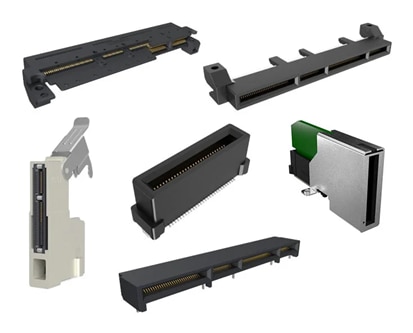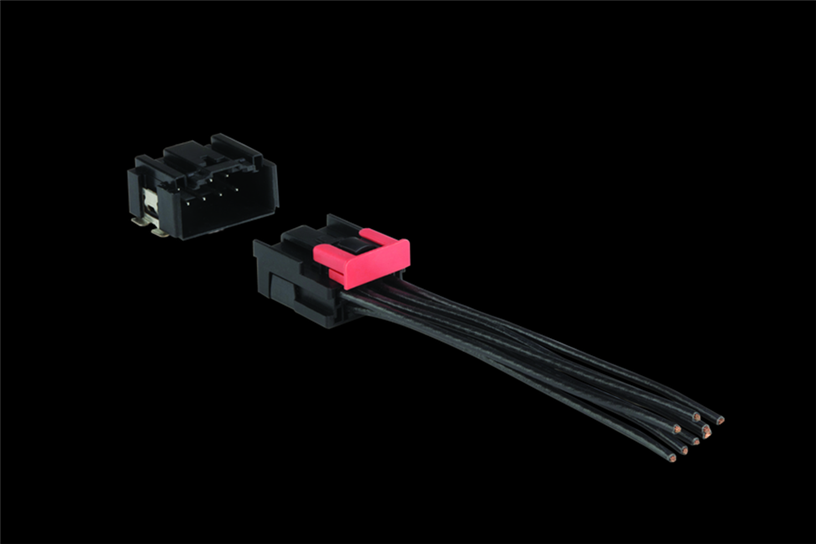In today's connected world, "Smart" doesn't just describe phones, cars or factories - it is also changing how we look at the smallest, often overlooked components inside them. One such component is the connector. One seen as a simple mechanical link, the connector has evolved into a critical enabler of intelligent, high-speed and reliable systems across industries.
From passive links to intelligent enablers
Traditional connectors were designed purely to emit power or signal from one point to another. But modern applications - from electric vehicles to 5G infrastructure and advanced industrial automation - demand more. Today's connector must not only transfer data and energy efficiently but also manage noise, resist environmental stress and ensure integrity under extreme conditions.
Smart connectors now feature enhanced signal integrity, shielding technologies and thermal management capabilities. These advancements ensure consistence performance even as devise becomes smaller, faster and more data intensive.
High-Speed Data and Power integration
One of the hallmarks of a “smart” connector is its ability to handle multiple functions within a compact form factor. For example, Amphenol’s USB 4 Gen 3 Type C connectors support data transfer rates up to 40Gb/s and deliver up to 240W of power through a single interface. This level of integration simplifies design, reduces cable clutter, and improves overall system efficiency

Similarly, PCIe® Gen 6 Mini Cool Edge 0.60mm Card Edge Connectors push the boundaries of high-speed computing by supporting data rates up to 64GT/s per lane. These connectors play a vital role in enabling next-generation servers, AI accelerators, and data center systems to operate at lighting speed with minimal signal loss.

Intelligence in Design: Reliability and Safety
"Smart" also mean reliable. In mission critical environments - such as automotive electronics, aerospace and medical devices, failure is not an option. Connectors like MicroSpace Crimp-To-Wire Connector Platform meet rigorous automotive standards (LV214 Severity-3 and USCAR-T4V2) while maintaining compactness and current ratings up to 4A per contact. Features like Connector Position Assurance (CPA) and Terminal Position Assurance (TPA) ensure secure mating and stable performance under vibration and stress.

These built-in design safeguards represent a new form of intelligence - "mechanical" awareness that enhances system safety and longevity without adding complexity.
Smarter by purpose: Enabling Next-Gen Innovation
Smart connectors are more than components - they're enablers of innovation. whether it's powering autonomous vehicles, supporting edge computing or ensuring real-time data exchange in industrial automation, the connector is now a key player in making technology more efficient, sustainable, and connected
Amphenol's continuous focus on high-speed, high-density and hybrid connector technologies ensure that engineers have the right tools to design systems that keep up with modern demands and anticipate future ones.
Conclusion
As electronics evolve, so do the expectations of the components within them. Smart connectors represent a shift from simple connectivity to intelligent performance - combining speed, power, safety and adaptability. And as systems continue to get faster and smaller, these connectors will remain the invisible force driving smarter, more connected technology forward.
